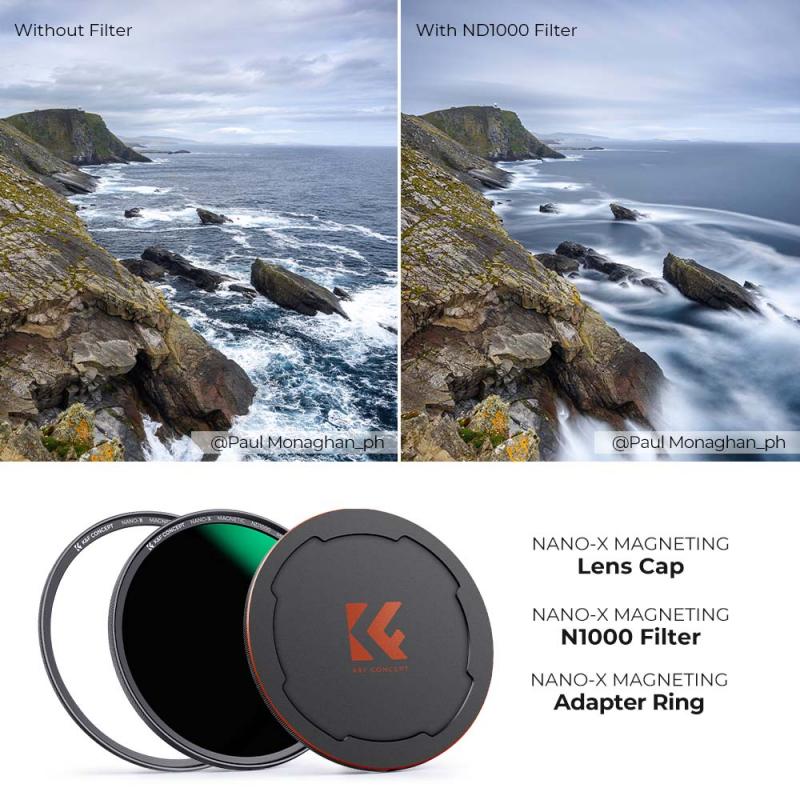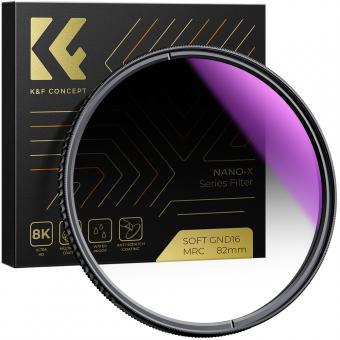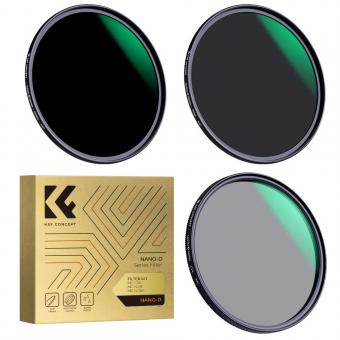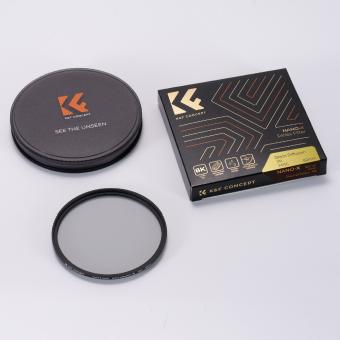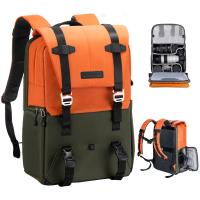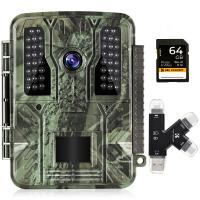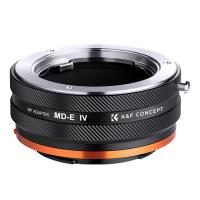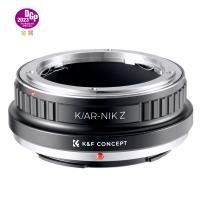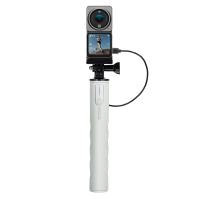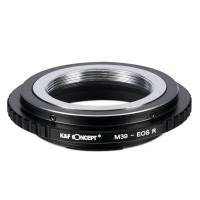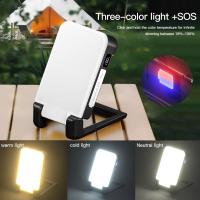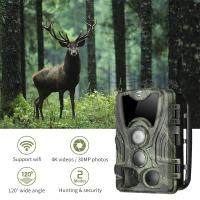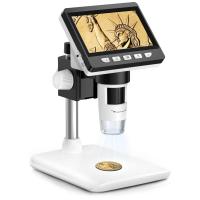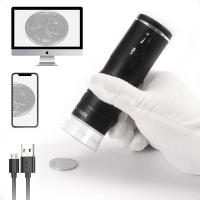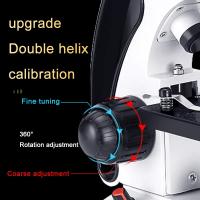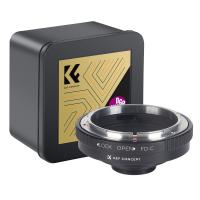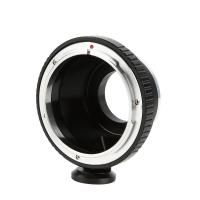What Is A Neutral Density Filter Canon ?
A neutral density filter for Canon cameras is an optical filter that reduces the amount of light entering the camera lens without affecting the color or hue of the image. It is commonly used in bright outdoor settings to allow for wider apertures and slower shutter speeds, which can create a shallow depth of field or motion blur effects. Neutral density filters are available in different strengths, measured in stops, which indicate the amount of light reduction. They are typically made of glass or resin and can be screwed onto the front of the camera lens or used with a filter holder system. Neutral density filters are useful for landscape, portrait, and long exposure photography, as well as for video recording.
1、 Definition of Neutral Density Filter
A neutral density filter is a type of camera filter that reduces the amount of light entering the camera lens without affecting the color or hue of the image. This allows photographers to use slower shutter speeds or wider apertures in bright conditions, creating a range of creative effects such as motion blur or shallow depth of field. Neutral density filters are commonly used in landscape photography, where bright sunlight can make it difficult to capture a well-exposed image.
Canon, a leading camera manufacturer, offers a range of neutral density filters for their lenses. These filters are available in different strengths, measured in stops, which indicate the amount of light reduction. Canon's neutral density filters are made from high-quality materials and are designed to maintain image sharpness and clarity.
In recent years, there has been a growing trend towards using neutral density filters for video production. By reducing the amount of light entering the lens, filmmakers can use wider apertures and slower shutter speeds, creating a cinematic look with a shallow depth of field. Canon has responded to this trend by offering a range of neutral density filters specifically designed for video use, with features such as low reflectivity and anti-glare coatings to minimize unwanted reflections and flares.
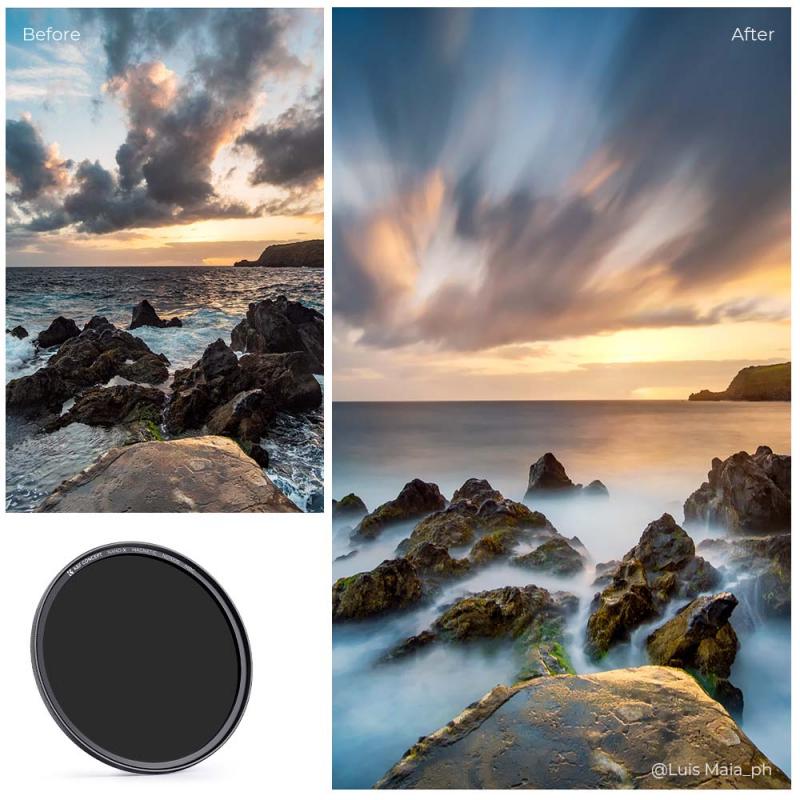
2、 Types of Neutral Density Filters
What is a Neutral Density Filter Canon?
A neutral density filter is a type of camera filter that reduces the amount of light entering the camera lens without affecting the color or hue of the image. This allows photographers to use slower shutter speeds or wider apertures in bright conditions, creating a range of creative effects such as motion blur or shallow depth of field.
Canon offers a range of neutral density filters for their cameras, including screw-on filters and drop-in filters for their professional lenses. These filters are available in different strengths, measured in stops, which indicate the amount of light reduction they provide. Canon's filters are made from high-quality materials and are designed to maintain image quality and clarity.
Types of Neutral Density Filters
There are several types of neutral density filters available, each with its own unique characteristics and uses. Some of the most common types include:
1. Solid Neutral Density Filters: These filters provide a consistent level of light reduction across the entire image.
2. Graduated Neutral Density Filters: These filters are darker at the top and gradually become lighter towards the bottom, allowing photographers to balance the exposure of a bright sky with a darker foreground.
3. Variable Neutral Density Filters: These filters allow photographers to adjust the amount of light reduction by rotating the filter, providing greater flexibility and control over exposure.
In recent years, there has been a growing trend towards using neutral density filters for video production, particularly in the field of drone photography. By reducing the amount of light entering the camera, these filters can help to create smoother, more cinematic footage, even in bright conditions.

3、 Uses of Neutral Density Filters in Photography
What is a Neutral Density Filter Canon?
A neutral density filter is a type of camera filter that reduces the amount of light entering the camera lens without affecting the color or hue of the image. It is commonly used in photography to achieve certain creative effects, such as blurring motion or creating a shallow depth of field in bright lighting conditions.
Canon is a popular brand of camera equipment, and they offer a range of neutral density filters that are compatible with their lenses. These filters come in different strengths, measured in stops, which indicate how much light they block. Canon's neutral density filters are made of high-quality materials and are designed to maintain the sharpness and clarity of the image.
Uses of Neutral Density Filters in Photography
Neutral density filters have a variety of uses in photography, including:
1. Blurring motion: By using a slow shutter speed and a neutral density filter, photographers can create a blurred effect in moving subjects, such as waterfalls or traffic.
2. Shallow depth of field: In bright lighting conditions, it can be difficult to achieve a shallow depth of field without overexposing the image. A neutral density filter allows photographers to use a wider aperture and achieve a shallow depth of field while maintaining proper exposure.
3. Balancing exposure: When shooting in bright lighting conditions, a neutral density filter can help balance the exposure between the sky and the foreground, preventing overexposure in the sky and underexposure in the foreground.
4. Video production: Neutral density filters are also commonly used in video production to achieve a cinematic look and control the exposure in different lighting conditions.
In recent years, there has been a growing trend in using neutral density filters for astrophotography. By using a strong neutral density filter, photographers can capture long exposures of the night sky, creating stunning images of stars and galaxies.
Overall, neutral density filters are a versatile tool for photographers and videographers, allowing them to achieve creative effects and control exposure in a variety of lighting conditions.
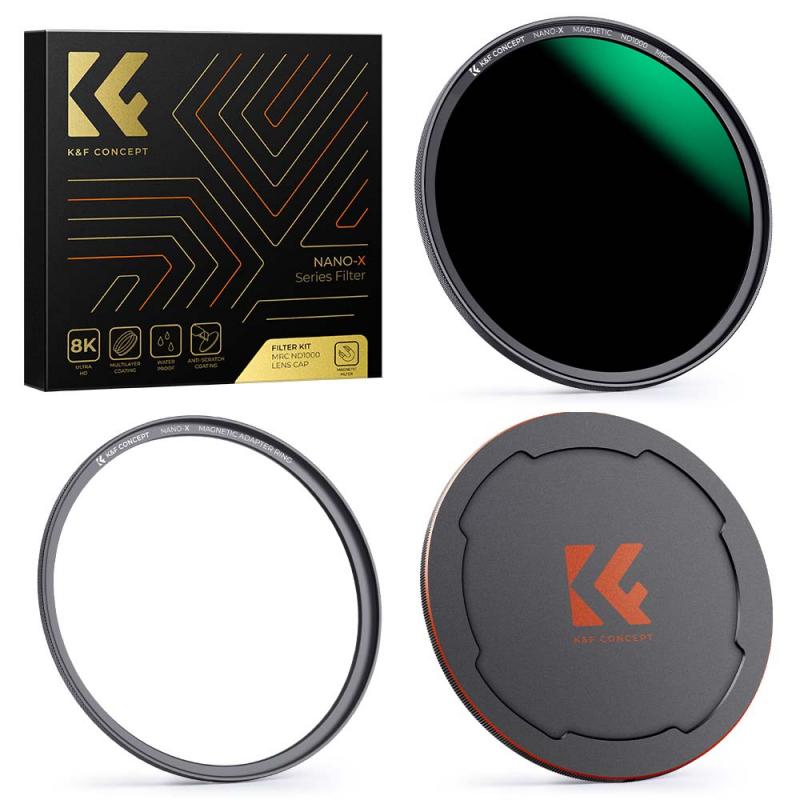
4、 How to Choose the Right Neutral Density Filter
What is a neutral density filter Canon? A neutral density filter is a type of camera filter that reduces the amount of light entering the camera lens without affecting the color or hue of the image. This allows photographers to use slower shutter speeds or wider apertures in bright conditions, creating a range of creative effects such as motion blur or shallow depth of field.
When it comes to choosing the right neutral density filter for your Canon camera, there are a few factors to consider. Firstly, you need to decide on the strength of the filter, which is measured in stops. The higher the number of stops, the darker the filter and the more light it will block. Common strengths include 1-stop, 2-stop, 3-stop, and 10-stop filters.
Another important consideration is the size of the filter, which should match the diameter of your camera lens. You can also choose between circular and square filters, with square filters offering more flexibility in terms of positioning and stacking.
Finally, you may want to consider the quality of the filter, with higher-end options offering better clarity and less distortion. Some popular brands for neutral density filters include B+W, Hoya, and Tiffen.
In recent years, there has been a growing trend towards variable neutral density filters, which allow you to adjust the strength of the filter by rotating the front element. While these filters offer greater convenience and flexibility, they can also be more expensive and may introduce some color cast or vignetting to your images.
Overall, choosing the right neutral density filter for your Canon camera will depend on your specific needs and shooting style. By considering factors such as strength, size, and quality, you can find a filter that will help you achieve your creative vision.
